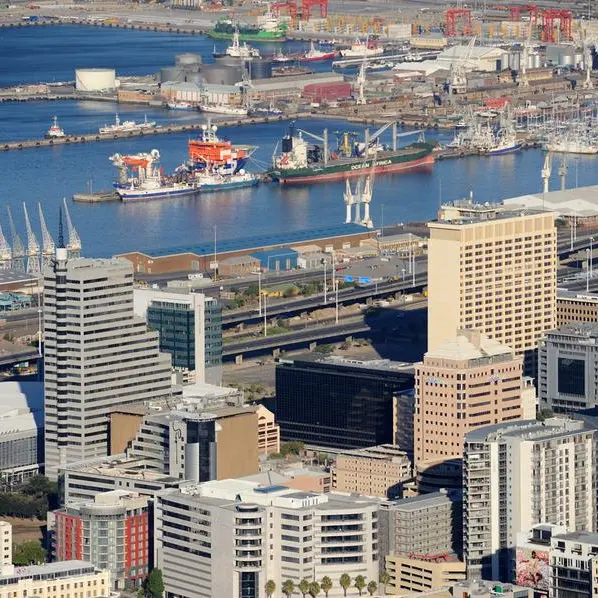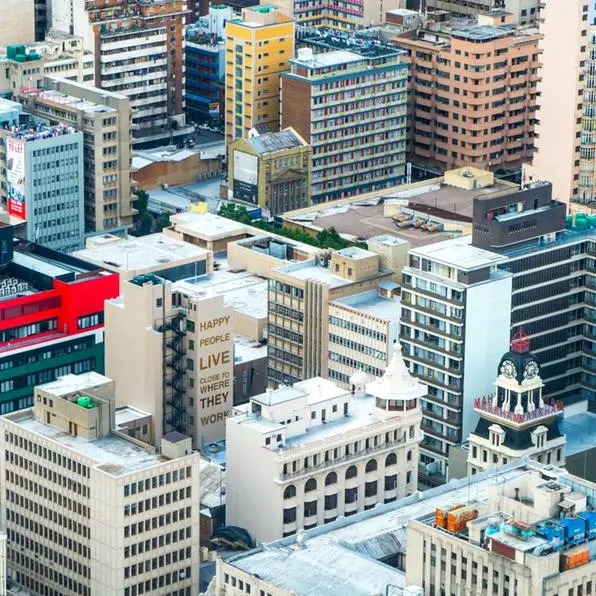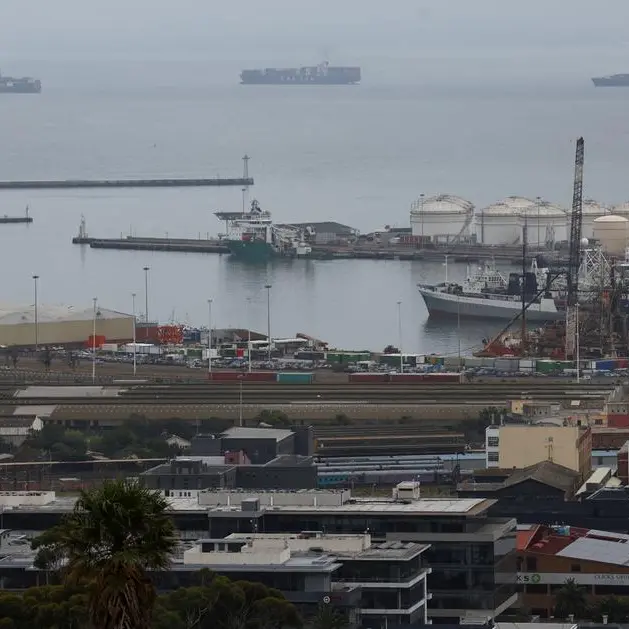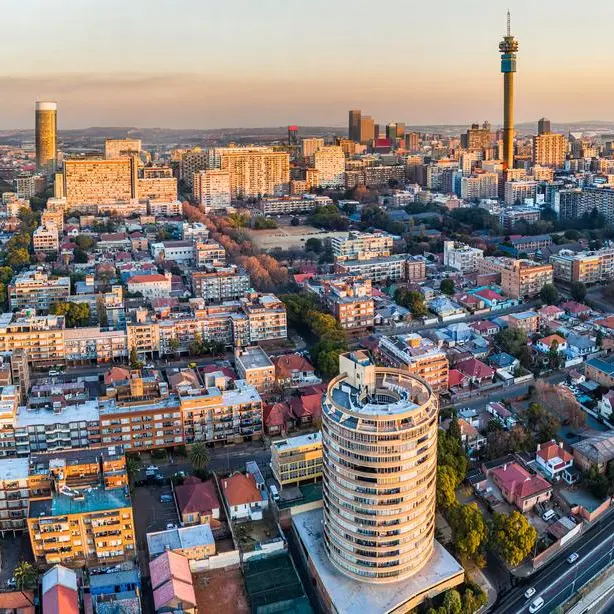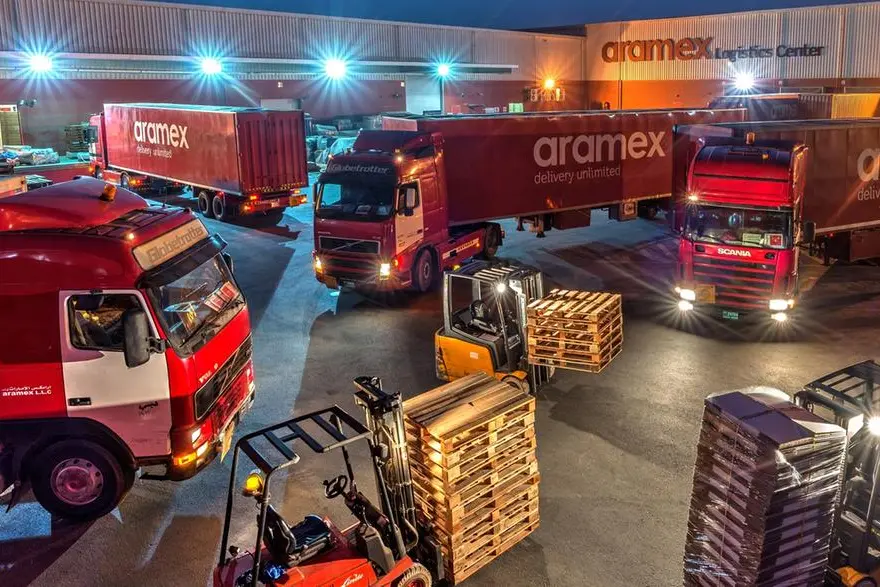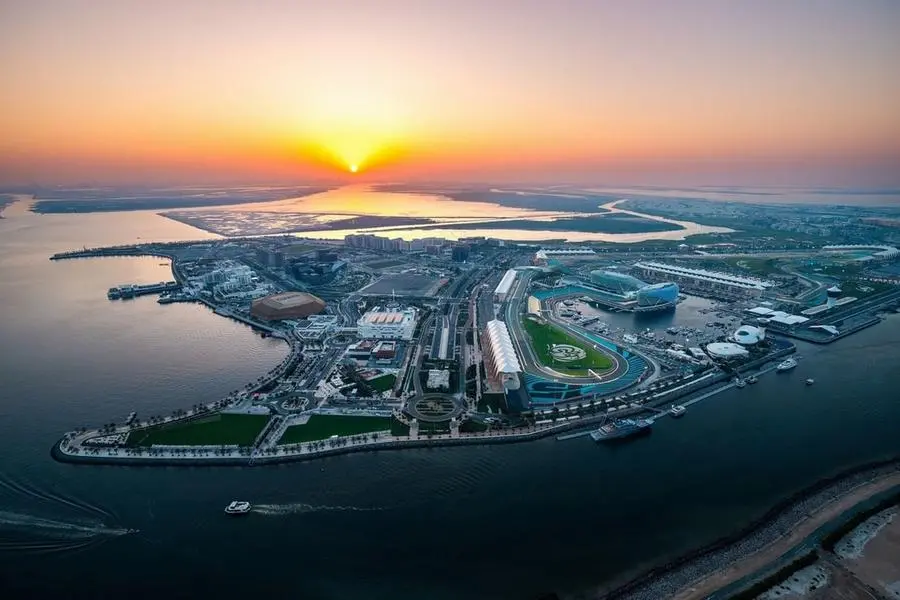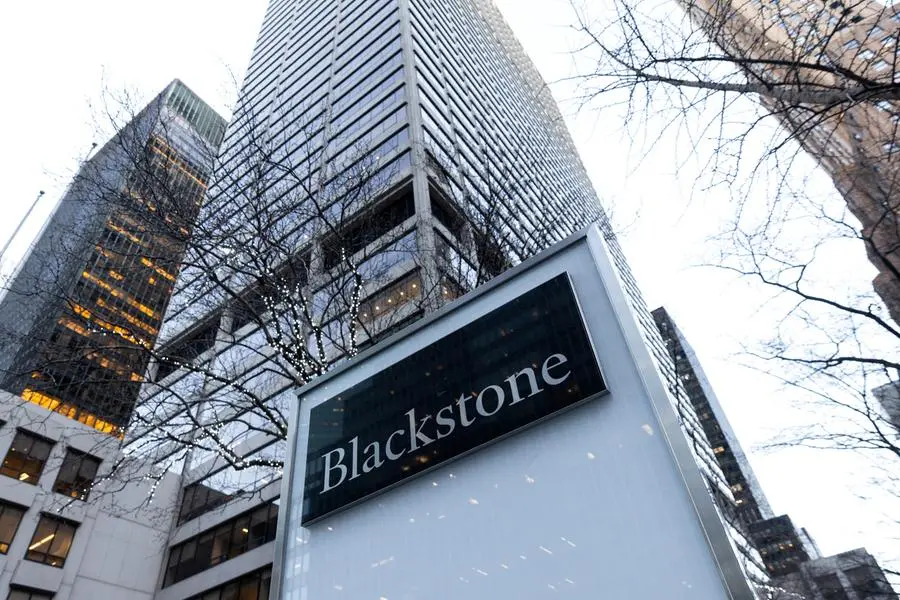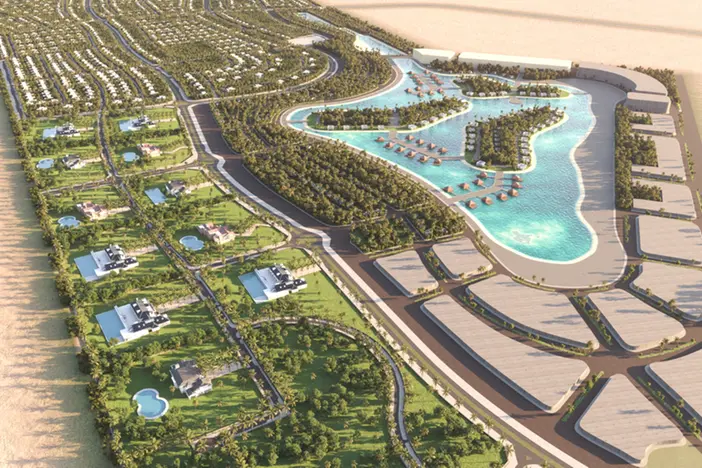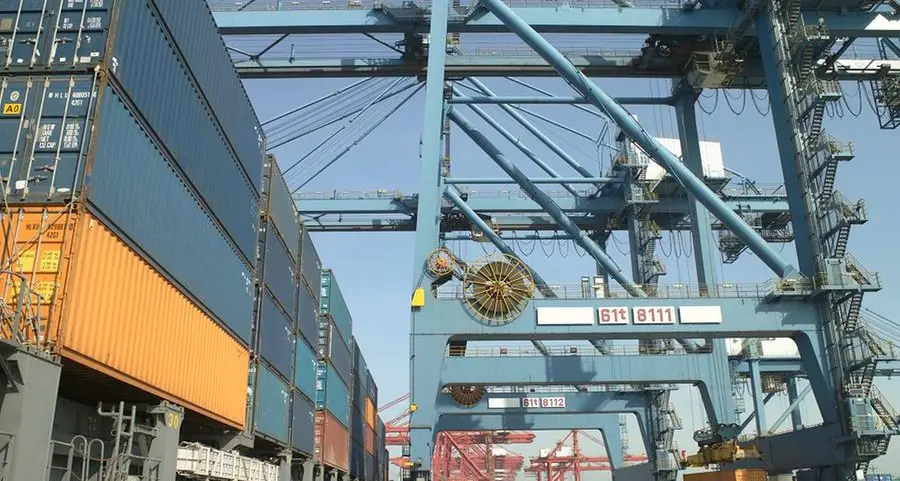PHOTO
Harare, Zimbabwe - December 22 2018: Aerial panoramic daytime view of of Harare city centre. Image used for illustrative purpose. Getty Images
Since 2000 we have been tracking the changes in three small towns in different parts of the country: Mvurwi in Mazowe district in Mashonaland Central, Chatsworth in Gutu district in Masvingo province and Maphisa in Matobo district in Matabeleland South . This is the first of three blogs on the theme of small towns, following up from an earlier blog series and a paper published in 2021.
The growth of enterprises in small towns in land reform areas
Small towns embedded in agricultural areas have grown significantly over the last decades, driven particularly by the effects of land reform, but also mining. Economic linkages between farming (and mining) drive businesses in these towns, boosting demand for consumption goods and services, ranging from hairdressing to education and transport. Investment comes from the local areas, as well as from outside, and although the businesses emerging are often small and informal, the employment effects can be considerable overall.
A simple housing and enterprise survey offers picture of changes at four time points -2000, 2016, 2019 and 2024. The numbers are approximate and based on a mixture of key informant interviews and simple counting for the 2016-24 surveys. But the trends are clear, highlighting a pattern seen across the country as previous blogs have emphasised.
Compared to our last survey five years ago there have been some changes across the towns. Mvurwi’s growth has continued steadily, while Maphisa’s growth has accelerated dramatically but Chatsworth’s has faltered, even declining across some criteria.
What have been the drivers of these changes?
All three towns have seen increases in population, mirrored by the number of high-density stands. Investment in building houses has been significant, with funds from farming being an important driver. We have seen across our study sites that surpluses from farming are increasingly being invested in real estate, often in local small towns. The houses that are built are then rented to provide a steady stream of income to supplement the vagaries of farming income. Rentals are to civil servants, temporarily resident miners and others. This is an important shift in the pattern of investment from farming areas we have seen in the last decade, as the opportunities for off-farm investment have declined. As farm houses have been built, equipment bought and cars/transport vehicles purchased, the question is what next? In addition to the regular expenditures on groceries, school fees, medical expenses and so on, buying stands and building houses is the next big-ticket item for a growing number of households.
In addition, to money from farming there’s also investment in building from those from other towns. With the costs of housing in Harare and Bulawayo, even Masvingo, now prohibitive urban dwellers with connections to these areas are looking to invest in real estate, for rental or for retirement. And then there is mining money, which is having a significant impact particularly in Maphisa but also Mvurwi, since the growth of chrome mining in the last year. Those involved in small mining operations in the area, as well as the informal artisanal miners, often have significant cash to spend, so purchasing stands and building is sometimes a route to investment, as well as the more ostentatious forms of expenditure of younger, male miners who buy flashy cars for example.
We explored the drivers of change during focus group discussions in all three towns. A summary is offered below.
Everyone agrees that Mvurwi’s growth has been driven by tobacco, and this has been reinforced by the decentralisation of the tobacco floors. Now with many such floors, Mvurwi is a centre of tobacco marketing, with the peak period being between April to July when tobacco is being sold. This has created a whole array of secondary business opportunities, from finance/credit operations linked to tobacco to grocery provisions, clothes and food alongside other services being offered to those attending the sales. In the past, tobacco related business was complemented by sales of maize from mid-year until about September. In the ‘command agriculture’ period this was a boom time, but this has declined now as people have switched out of maize and command loans have dried up. Horticultural income is less seasonal and with irrigation, people area selling all year. This allows businesses to thrive in the non-tobacco season, as money is still circulating from farming, although at lower levels. The horticultural production from such irrigation areas as Musoenedi near Mvurwi is complemented by the growth of peri-urban farming, as people in town also turn to agriculture, as well as the increasing pattern of ‘new entrants’ buying or renting land in nearby resettlements for intensive horticulture, linked to irrigation investments. Since February 2024, mining money has added to the flow of funds within the town. Chrome mining has taken off along the Great Dyke, with artisanal miners following the Chinese mines to seek out riches in alluvial deposits. This has generated an in-flow of people into the area, as well as a mining boom generating funds, and so demand for goods and services supplied by Mvurwi town businesses, as well as mobile traders from the area. There are however limits to the growth of Mvurwi. As the Town Auditor noted, space for new stands is constrained by allocations to resettlement areas under land reform, and there are now increasing numbers of disputes going on around the outskirts of the town. The changing agricultural economy is also affecting business, with tobacco production peaking (possibly declining) and maize on the wane. Sales of horticultural products locally cannot replace this, and many vegetables and fruits are transported directly to Harare, with fewer linkage effects in the area.
Chatsworth
Chatsworth emerged from essentially a railway siding linked to a few shops servicing white commercial farmers and their workers to what looked to be a growing small town a few years back. People are still buying stands and building, attracted by the proximity to the Masvingo-Harare road and the cheap prices. Farmers have continued to invest in real estate and the market for rentals remains brisk, either to civil servants based in the area or to those, often from nearby land reform areas, who need a place in Chatsworth if their kids are attending the acclaimed (former white) Gert Nel school in the town. But there has been much less growth in other businesses in Chatsworth in recent years as the data show. A number of reasons were offered by a focus group of local residents. A major driver of growth in the past was the AFM church at Rufaro Mission nearby that held massive gatherings several times a year. Farmers in the area geared their production to this, and many people flooded into the area. There was even a rumour that the AFM was going to establish a university nearby, and this resulted in a speculative rush of investment in real estate. However, in 2021, the church split due to ructions between church leaders and their followers. The Rufaro Mission faction was much diminished, with smaller gatherings and plans for a university shelved. Another factor that has contributed to business decline has been the stopping of the train that ran through Chatsworth. Along with the rest of the rail infrastructure in the country, lack of maintenance has meant that trains no longer function, and so the regular train that took vegetables to the ‘kutrain’ market in Masvingo and Gweru has had a major negative impact on horticulture production – and so spending – in the area. Rising transport costs as people increasingly had to rely on small cars (mushikashika), the profitability declined and the market collapsed. This has been exacerbated by drought – and the impacts of climate change. Once well-known as an area that had year-round production thanks to wetlands (vleis), these have often dried up, with production hit hard. As Obert Mupasi, one of the focus group participants, noted “maize doesn’t pay these days”, and this was blamed on marketing opportunities as well as climate change. The early post-land reform boom, linked in particular to the AFM and train linked markets, seems to be faltering and there are fewer traders, shops and other services today than even five years ago. This is not replicated in nearby small towns, with Gutu-Mpandawana having seen significant growth in recent years, with the number of stands growing four-fold from 1000 since 2000 according to the Gutu District Master Plan. This replicates the pattern we have seen in our other sites (see above) and reflects the greater vibrancy of Mpandawana as an economic centre. It is the contingent circumstances of Chatsworth that are preventing growth it seems.
Maphisa
Maphisa by contrast is growing rapidly. Indeed, it received Town Board status in June 2024, based on its population size. Despite its apparently remote location, over 100km from Bulawayo deep in Matabeleland South, a number of factors have resulted in significant growth, particularly in recent years. These are linked to land reform, which not only has resulted in more people in the area, and with them more agriculture and livestock production, but most significantly it has resulted in the expansion of mining on land reform farms. Originally linked to Antelope mine, the town has always had associations with mining, but the massive expansion of small-scale and artisanal gold mining in the area has resulted in significant growth. Land reform has opened up opportunities for mining, with farm owners eager to exploit the gold deposits on their farms, either through opening up old mines or digging new ones, often through joint ventures with others.
Many farmer-miners have been buying stands in the town with their mining profits. This has attracted others, including those in the diaspora but from the area. Maphisa is seen as an attractive real estate destination, and plenty of beautiful homes, shops, business centres have been built in the past few years. Artisanal, informal miners (makorokoza) who are mostly unable to buy stands and build still need to shop for groceries, buy food and clothes and rely on the town for basic services from hairdressing to mobile phone packages. Mobile shacks, sometimes linked to town businesses, spring up in the informal mining areas to service the miners. More established mining operations need servicing and technical support, so welders, carpenters, garage mechanics and others all have a brisk trade. And the new residents of the town demand schools, clinics, pharmacies and so on, which in the absence of state provision are provided through burgeoning private businesses linked to investment from the diaspora, local businesspeople and land reform farm owners profiting from mining (and some ranching). Unlike in Mvurwi, this is largely not a boom driven directly by agricultural production, but it is centrally linked to land reform. Most of the vegetables and other produce sold in the supermarkets and in the vendor stores come from elsewhere in Matabeleland or across the border in South Africa. Livestock producers can easily sell their animals to local butcheries and prices are reasonable but in focus group discussions, it was mining money rather than agricultural incomes that was identified as driving town investments. Indirect links to agricultural production were identified however through the revitalisation of the ADA and Valley estates near the town. These are large-scale commercial operations, run through a joint venture between the parastatal and the Trek Petroleum company. With the rehabilitation of the estate, there are more employees earning salaries and demanding accommodation, food and services in the town.
Moving beyond the general patterns and drivers of change, the next blogs will delve into some of the details of enterprises found in each of the three towns, exploring their origins, clientele, business strategies and links to agriculture.
This is the first in a short blog series prepared by Ian Scoones, Tapiwa Chatikobo, Felix Murimbarimba and others in the field sites. This blog appeared on Zimbabweland
© Copyright The Zimbabwean. All rights reserved. Provided by SyndiGate Media Inc. (Syndigate.info).



